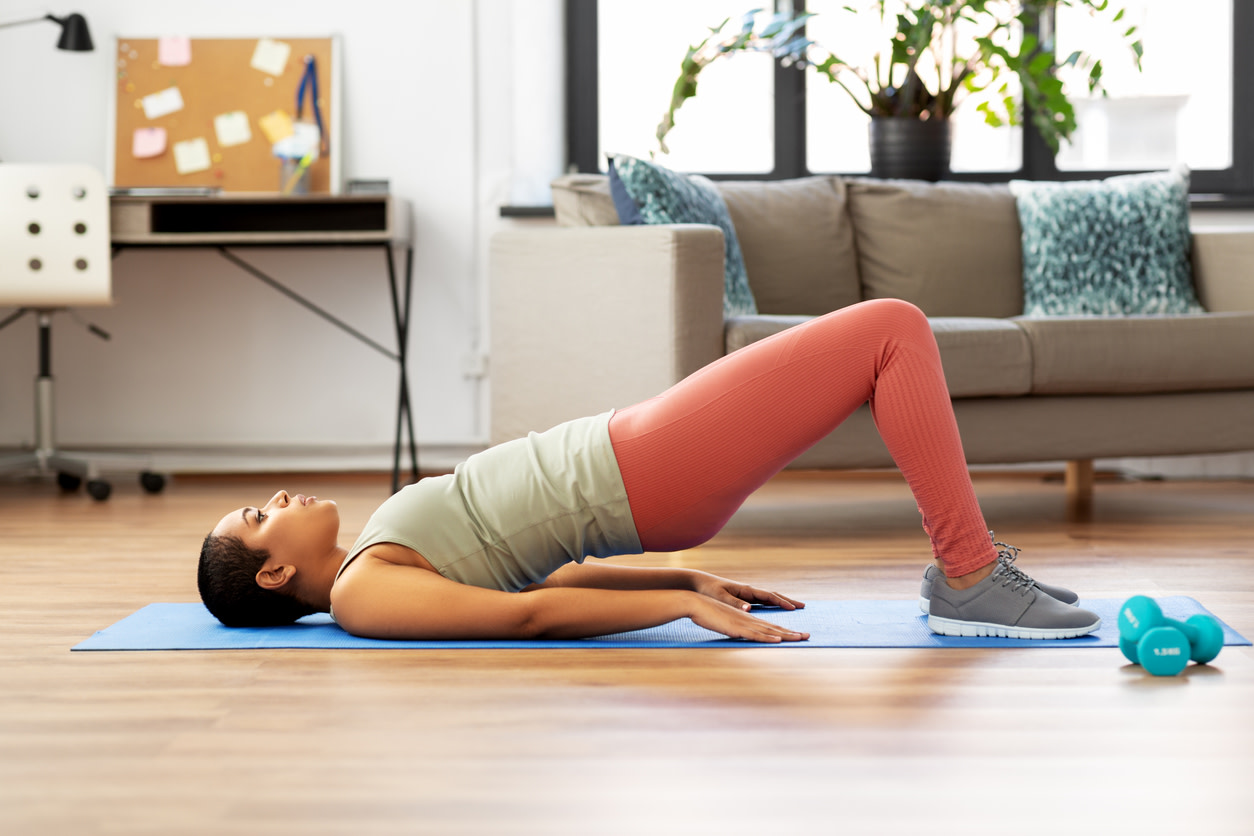Exercises for a healthy spine: what physical therapists recommend
Learn what you can do to promote spine health, and get tips to strengthen the structures in and around your back with simple exercises from physical therapists.
0 $ pour vous
Date de publication : Mar 27, 2023
Table des matières
Fully covered back pain relief
Find relief from lower back pain, a thrown out back, sciatica, & more.
Check if I'm eligibleExercises for a healthy spine
Want expert care? Check if you're covered for our free program →- Cat Cow
- Upper Back Thread the Needle
- Bridge
- Hip Hinge Deadlift
- Squat
